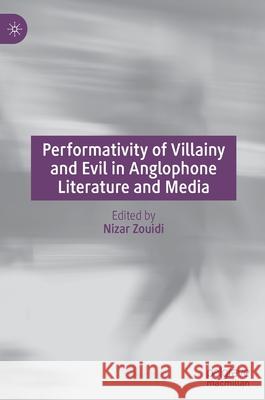Performativity of Villainy and Evil in Anglophone Literature and Media » książka
topmenu
Performativity of Villainy and Evil in Anglophone Literature and Media
ISBN-13: 9783030760540 / Angielski / Twarda / 2021 / 510 str.
Kategorie:
Kategorie BISAC:
Wydawca:
Palgrave MacMillan
Język:
Angielski
ISBN-13:
9783030760540
Rok wydania:
2021
Wydanie:
2021
Ilość stron:
510
Waga:
0.81 kg
Wymiary:
21.01 x 14.81 x 3.02
Oprawa:
Twarda
Wolumenów:
01
Dodatkowe informacje:
Wydanie ilustrowane











